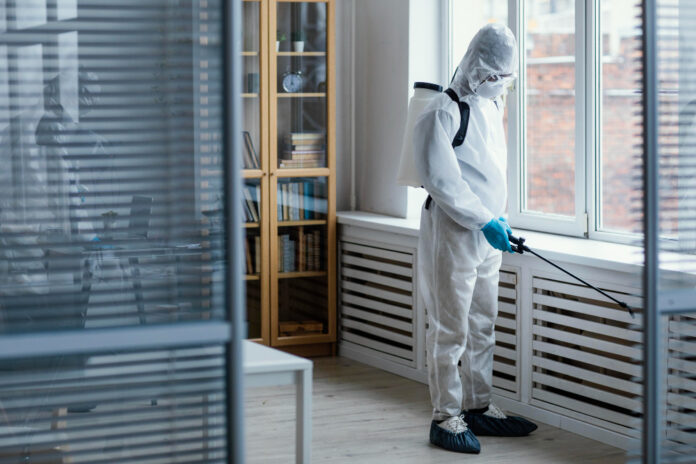In the quest for a comfortable and hygienic living environment, keeping pests at bay is paramount. Unwanted intruders like rodents, insects, and other pests not only pose health risks but also cause damage to property. To maintain a pest-free living space, it’s essential to adopt proactive measures that target the root causes of infestations. From routine cleanliness to strategic landscaping, here are eight essential steps to ensure a pest-free home.
Schedule Regular Inspections
Regular pest inspections conducted by qualified professionals, such as Pest Inspections specialists, are essential for identifying potential pest threats and addressing them before they escalate into full-blown infestations. Schedule annual or biannual inspections to assess your property for signs of pest activity, structural vulnerabilities, and conducive conditions for pests. Early detection and intervention are key to preventing pest problems and minimizing damage to your home.
Maintain Cleanliness and Hygiene
Regular cleaning and proper sanitation are fundamental in deterring pests from infiltrating your living space. Crumbs, spills, and food residue attract insects and rodents, making your home a welcoming environment for unwanted guests. Regularly sweep floors, wipe down surfaces, and vacuum carpets to eliminate food sources and potential nesting grounds. Additionally, promptly dispose of trash and seal garbage bins to prevent pests from accessing food scraps.
Seal Entry Points and Cracks
Pests can exploit even the smallest openings to gain entry into your home. Conduct a thorough inspection of your property to identify and seal any gaps, cracks, or openings in walls, windows, doors, and foundations. Use caulk, weather stripping, or wire mesh to seal entry points and prevent pests from infiltrating your living space. Pay special attention to areas where pipes, cables, and utility lines enter the home, as these are common entry points for pests.
Dispose of Waste Properly
Proper waste management is essential for keeping pests at bay. Dispose of household garbage regularly in sealed bins or containers to prevent pests from accessing food scraps and breeding in trash. Keep outdoor bins clean and secure, and avoid leaving bags of trash lying around, especially overnight. Compost bins should be tightly sealed to deter pests and regularly turned to promote decomposition and discourage pests from nesting.
Eliminate Standing Water
Standing water is a breeding ground for mosquitoes and other pests, posing health risks and attracting unwanted insects. Regularly inspect your property for areas where water may accumulate, such as clogged gutters, birdbaths, flower pots, and outdoor containers. Ensure proper drainage around your home, fix leaks promptly, and empty and clean water-holding containers to eliminate breeding sites for pests.
Store Food Properly
Proper food storage is essential for preventing pests from infesting your pantry and kitchen. Store food items in airtight containers made of glass, metal, or durable plastic to prevent pests from accessing them. Keep countertops, cabinets, and pantry shelves clean and free of crumbs and spills, and avoid leaving food out in the open. Regularly inspect stored food for signs of pests, such as gnaw marks or droppings, and promptly discard any contaminated items.
Trim Vegetation and Landscaping
Overgrown vegetation and unkempt landscaping can provide hiding places and nesting sites for pests, increasing the risk of infestations. Keep shrubs, trees, and bushes trimmed and well-maintained to reduce hiding places for pests and eliminate access points to your home. Maintain a clear perimeter around your property by trimming back vegetation and removing debris, mulch, and leaf litter where pests may hide.
Implement Pest Control Measures
In addition to preventive measures, implementing targeted pest control measures can help keep pests at bay. Use non-toxic pest deterrents, such as essential oils or natural repellents, to discourage pests from entering your home. Consider installing pest barriers, such as door sweeps, screens, and mesh vents, to block entry points and prevent pests from infiltrating your living space. If necessary, consult with a professional pest control company to develop a customized treatment plan tailored to your specific pest concerns.
Conclusion
Maintaining a pest-free living space requires a proactive and multifaceted approach that targets the root causes of infestations. By adopting the essential steps outlined above, homeowners can create an environment that is inhospitable to pests, promoting a healthier, safer, and more comfortable living environment for themselves and their families.



